Type 1 diabetes, once known as juvenile diabetes or insulin-dependent diabetes, is a chronic condition in which the pancreas produces little or no insulin. Insulin is a hormone needed to allow sugar (glucose) to enter cells to produce energy.
Despite active research, type 1 diabetes has no cure. Treatment focuses on managing blood sugar levels with insulin, diet and lifestyle to prevent complications.
First signs of diabetes usually can be observed by noticing a child:
- pees a lot because the body tries to get rid of the extra blood sugar by passing it out of the body in the urine (pee)
- drinks a lot to make up for all that peeing
- eats a lot because the body is hungry for the energy it can’t get from sugar
- loses weight as the body starts to use fat and muscle for fuel because it can’t use sugar normally
- feels tired a lot because the body can’t use sugar for energy
- feels abdominal pain, Nausea and/or vomit
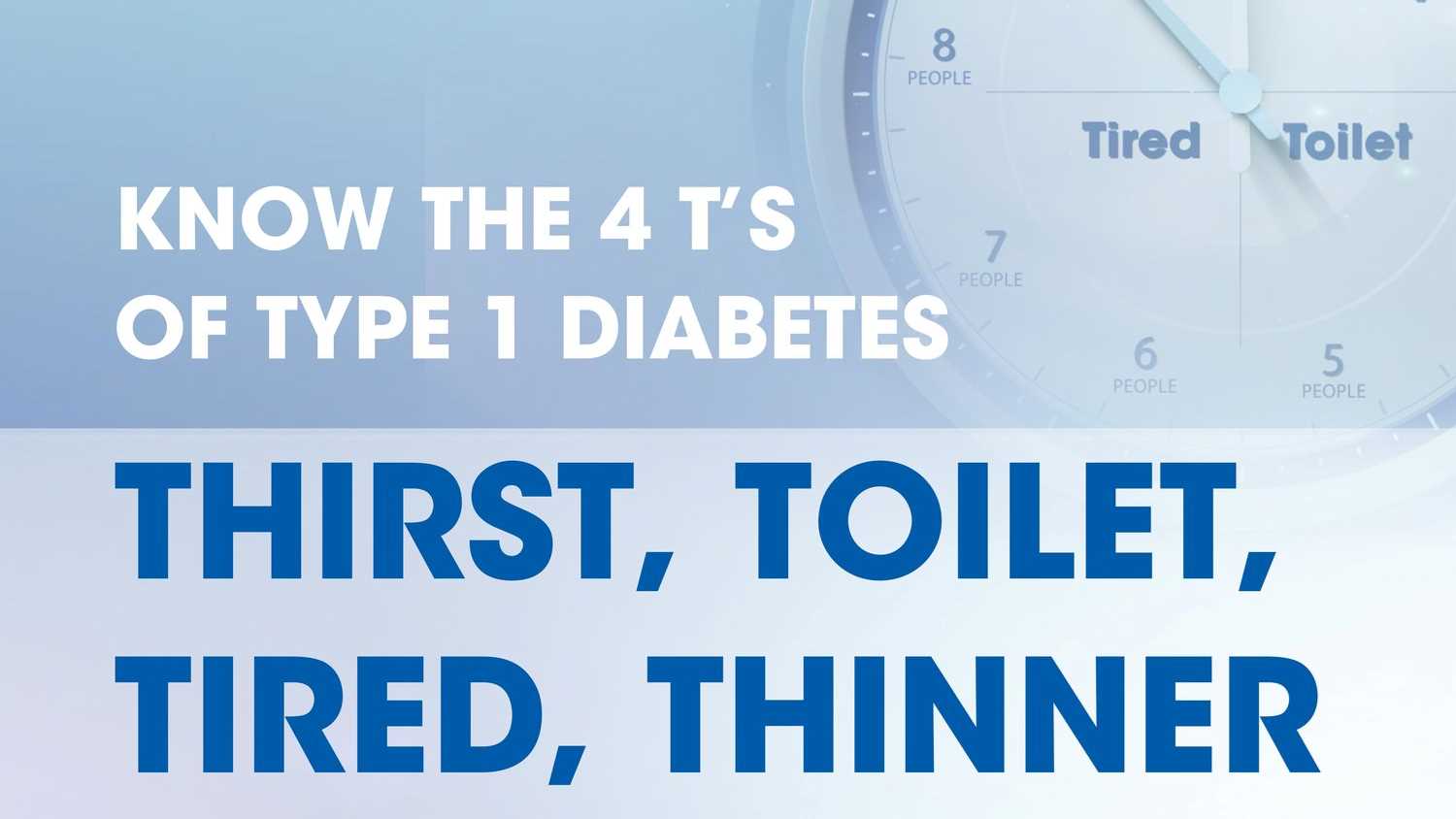
Getting treatment for diabetes can stop these symptoms from happening. A doctor can do tests on a kid’s blood to find out if he or she has diabetes.
If a doctor thinks a child might have type 1 diabetes, he or she might have them visit a doctor called a pediatric endocrinologist (say: pee-dee-AHT-trik en-doh-krih-NAHL-eh-jist), a type of doctor who helps kids with diabetes, growth problems, and more.
Over time, a decreasing amount of insulin is made in the body, but that can take years. When there’s no more insulin in the body, blood glucose levels rise quickly, and the symptoms can rapidly develop.
These symptoms include:
Type 1 Diabetes: Symptoms
Over many years, the chronic high blood sugar associated with diabetes may cause damage to blood vessels and nerves, leading to complications affecting many organs and tissues. The retina, which is the light-sensitive tissue at the back of the eye, can be damaged (diabetic retinopathy), leading to vision loss and eventual blindness. Kidney damage (diabetic nephropathy) may also occur and can lead to kidney failure and end-stage renal disease (ESRD).
Pain, tingling, and loss of normal sensation (diabetic neuropathy) often occur, especially in the feet. Impaired circulation and absence of the normal sensations that prompt reaction to injury can result in permanent damage to the feet; in severe cases, the damage can lead to amputation. People with type 1 diabetes are also at increased risk of heart attacks, strokes, and problems with urinary and sexual function.
The signs and symptoms of type 1 diabetes in children usually develop quickly, over a period of weeks. See child’s doctor if Parent(s) notice any of the signs or symptoms of type 1 diabetes.
Type 1 diabetes Symptoms include:
- Increased thirst and frequent urination. Excess sugar building up in a child’s bloodstream pulls fluid from tissues. As a result, the child might be thirsty — and drink and urinate more than usual. A young, toilet-trained child might suddenly experience bed-wetting.
- Extreme hunger. Without enough insulin to move sugar into a child’s cells, child’s muscles and organs lack energy. This triggers intense hunger.
- Weight loss. Despite eating more than usual to relieve hunger, a child may lose weight — sometimes rapidly. Without the energy sugar supplies, muscle tissues and fat stores simply shrink. Unexplained weight loss is often the first sign of type 1 diabetes to be noticed in children.
- Fatigue. Lack of sugar in a child’s cells might make him or her tired and lethargic.
- Irritability or behaviour changes. In addition to mood problems, the child might suddenly have a decline in performance at school.
- Fruity-smelling breath. Burning fat instead of sugar produces certain substances (ketones) that can cause a fruity breath odour.
- Blurred vision. If a child’s blood sugar is too high, fluid may be pulled from the lenses of the child’s eyes. The child might be unable to focus clearly.
- Yeast infection. Girls with type 1 diabetes may have genital yeast infections. Babies can develop diaper rashes caused by yeast.
- Bed-wetting in children who previously didn’t wet the bed during the night.


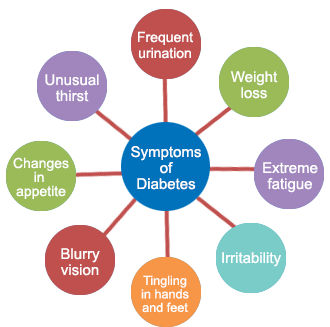


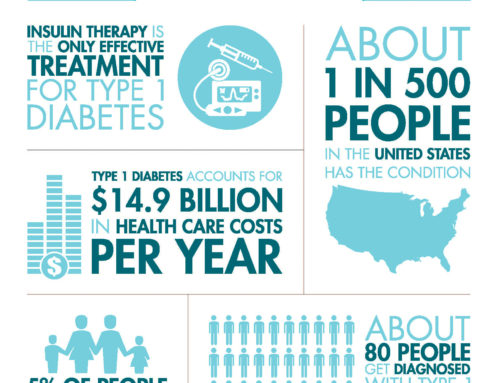
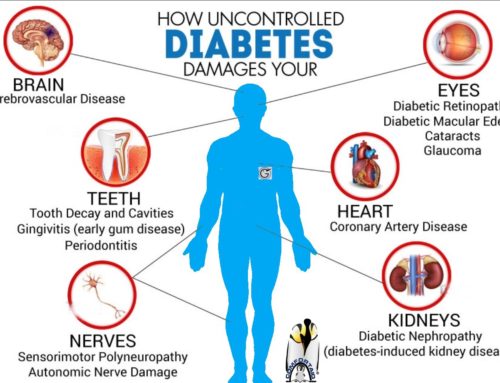

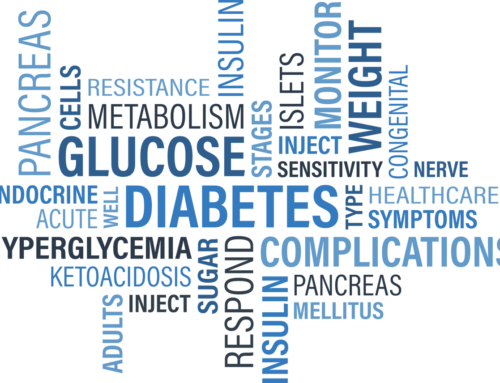

Leave A Comment